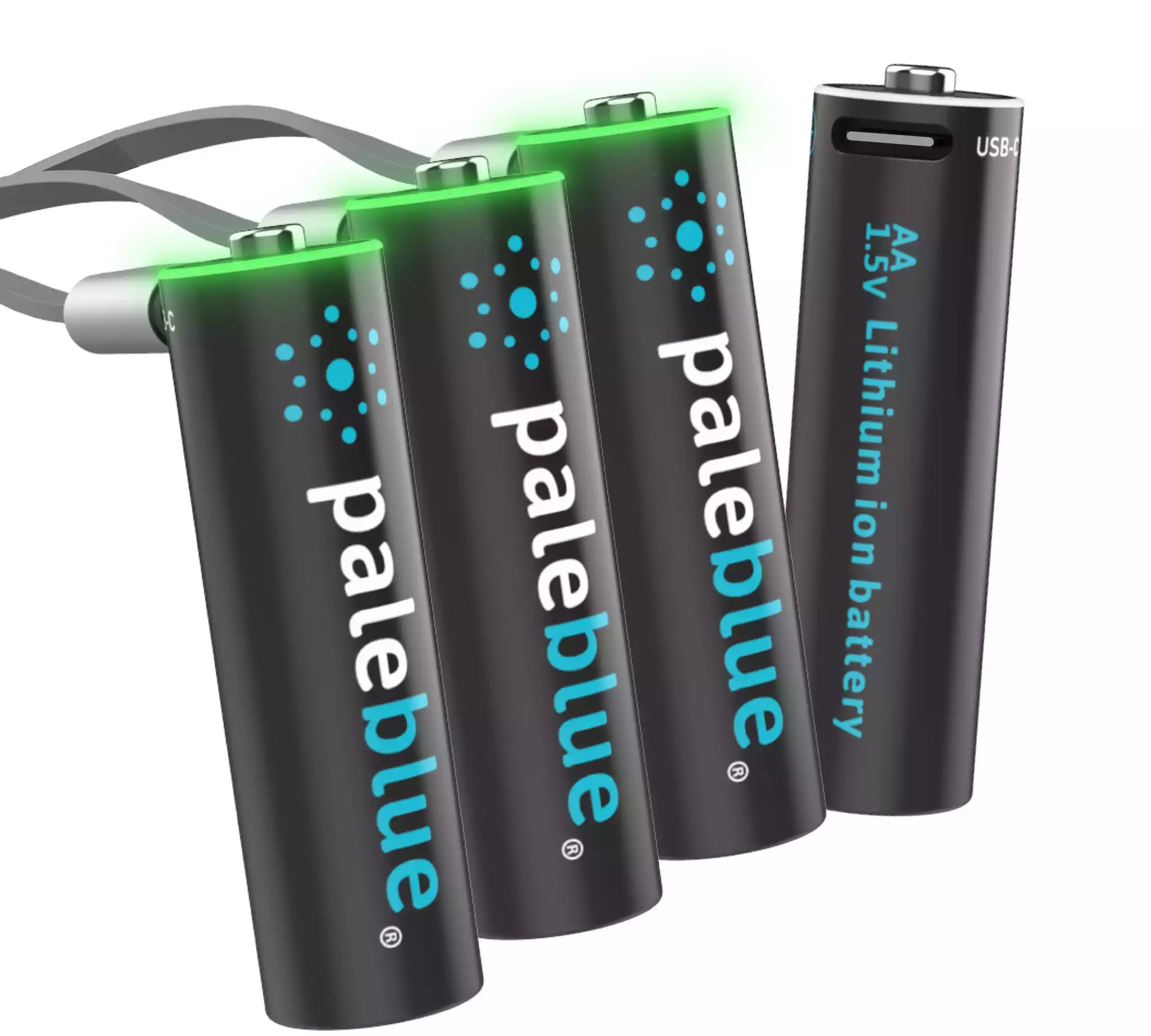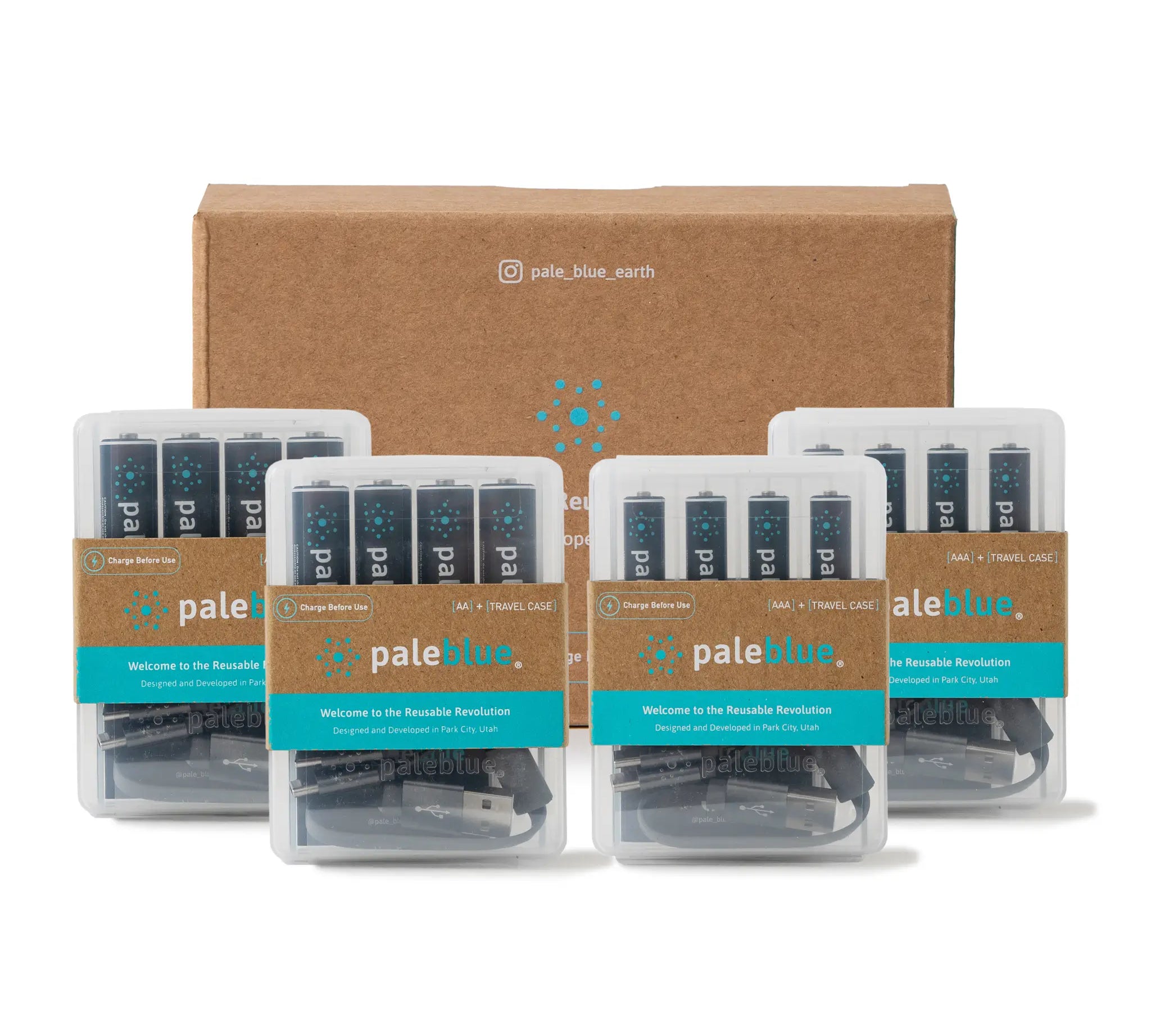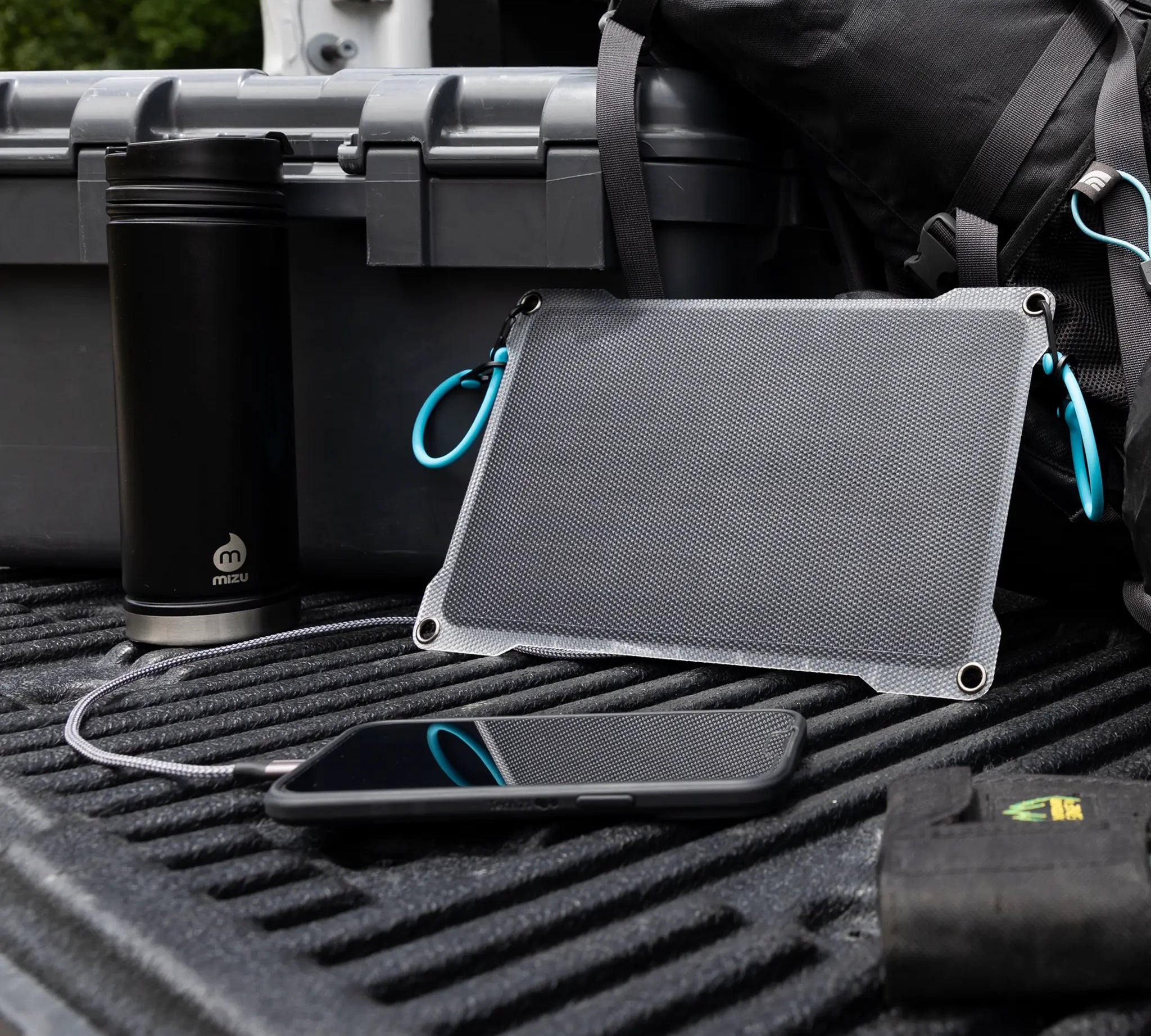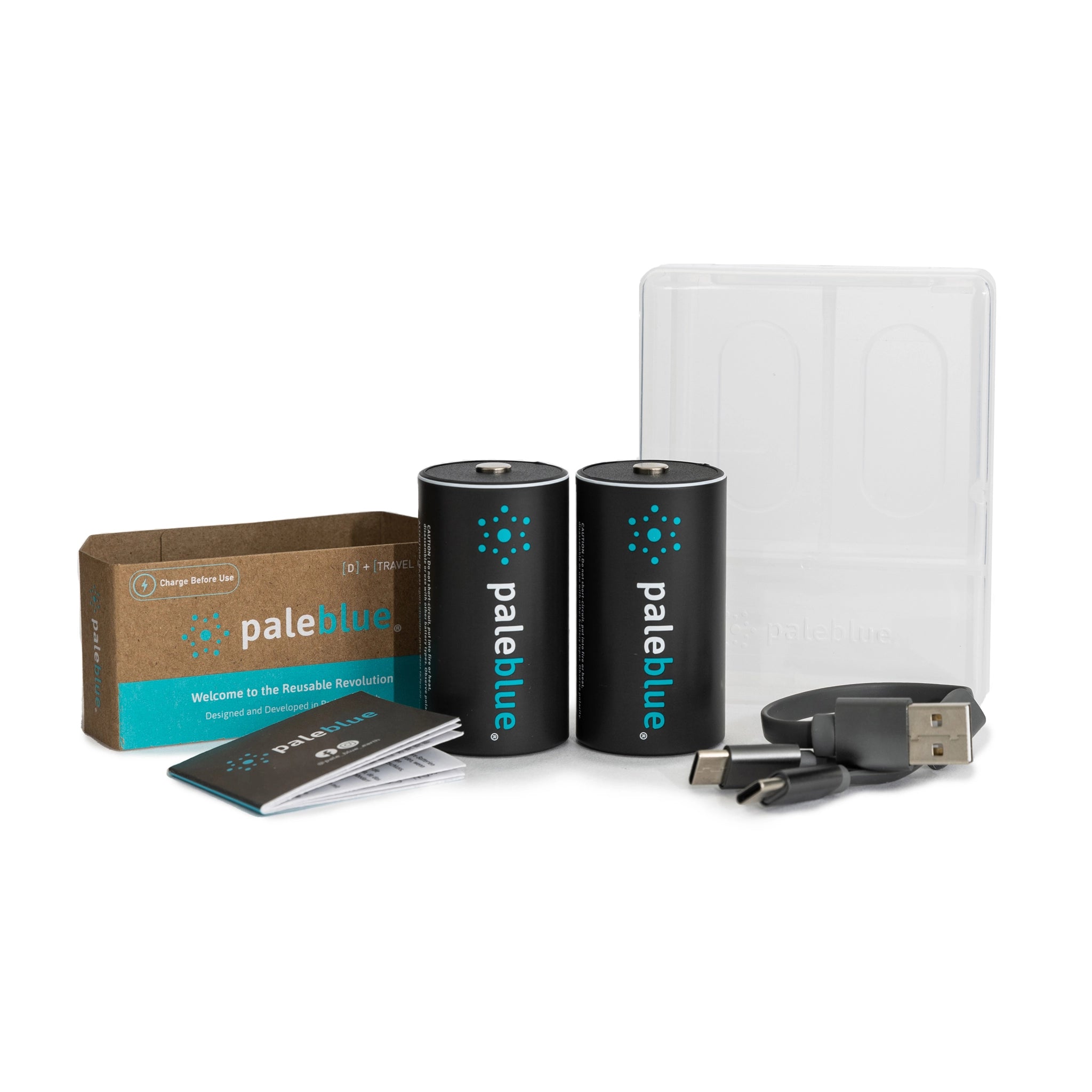What are Lithium-Ion Batteries?
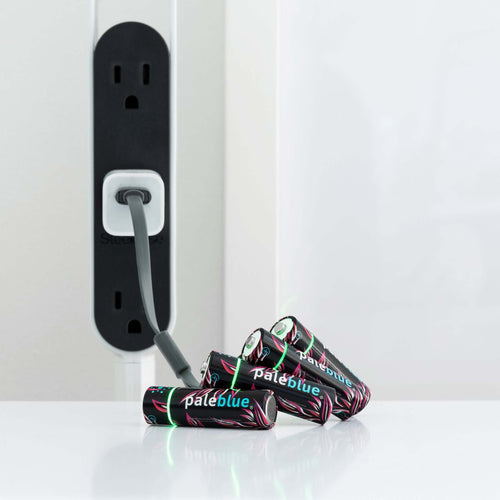
Lithium-ion batteries (or li-ion batteries) are the most popular type of rechargeable battery worldwide. They’re used in a huge range of applications, from pacemakers to electric vehicles. However, they’re most commonly found in personal electronic devices like smartphones, laptops, and watches. Li-ion batteries were first commercialized in 1991, and have been continuously developed and improved since then; today, they represent the cutting edge of rechargeable battery technology.
Components of a Lithium-Ion Battery
What makes lithium-ion batteries so effective? It’s largely thanks to their internal construction and chemistry. Even though li-ion batteries share some similarities with other rechargeable and even single-use batteries, their unique makeup means they offer both efficiency and power.
Each component of a li-ion battery can be made with different materials (more on that below), so manufacturers fine-tune the internal chemistry of their products. This leads to a bit of variation in cost, performance, lifespan, and so on. That being said, a lithium-ion battery will always be made of specific internal components.
Anode materials
The anode is the negative electrode of the battery. The anode materials in a li-ion battery are usually carbon-based; common choices are silicon, graphite, or a combination of each. Silicon anodes increase the battery’s energy density, but typically come at an increased cost. Graphite anodes are preferred because of their stable structure, high electrical conductivity, and lower cost.
Cathode materials
The cathode is the positive electrode of the battery. A lithium-ion’s cathode materials are usually made from metal oxides, including lithium nickel manganese cobalt oxide (LiNiMnCoO2), lithium iron phosphate (LiFePO4), lithium manganese oxide (LiMn2O4), and lithium cobalt oxide (LiCoO2). Each of these metal oxides have a specific balance between energy density, cost-effectiveness, and thermal stability. Because these metals are expensive, they can represent up to 40% of the manufacturing cost per battery.
Electrolyte Components
The electrolyte component of a lithium-ion battery enables electrons (in this case, lithium ions) to flow freely between the anode and the cathode. They are typically made from a combination of lithium salt, organic solvents, and additives, and the proportions of each component can vary based on the manufacturer. As well as enabling the flow of electrons, the electrolyte helps maintain the battery’s temperature, and controls the speed at which chemical reactions occur inside the battery. Depending on the type of li-ion battery, the electrolyte may be liquid, gel, or solid.
Separator
The function of a separator in a lithium-ion battery is to act as a physical barrier between the anode and the cathode, preventing short circuits. Separators are extremely thin, and made from non-reactive insulating materials. They have to be porous enough to conduct lithium ions between the anode and cathode materials, while also maintaining structural integrity in a highly chemically reactive environment.
In most modern li-ion batteries, the separator consists of a layer of polypropylene (PP) and a layer of polyethylene (PE), or a tri-layer structure of PP/PE/PP. The polyethylene layer melts at 130° C/266° F; this closes the separator’s pores, stopping the flow of electrons and preventing overheating. If for some reason this fails to stop the overheating, the polypropylene layer(s) will melt at 155° C/311° F, acting as an additional barrier to the thermal reaction.
Current collectors
Lithium-ion batteries contain two current collectors, one positive and one negative. When electrons pass between anode and cathode layers while charging or discharging, free electrons accumulate at one end and create a charge at the current collector.
Current collectors for li-ion batteries have to be chemically stable, strong, lightweight, and cost-effective. The most common choice for anode current collectors is copper; for cathodes, aluminum is typically used. Other options include stainless steel, nickel, carbon, and metal composites.

How Lithium-Ion Batteries Work
In order for a li-ion battery to provide a consistent, long-lasting charge, it has to offer several characteristics.
Charge and discharge process
As a lithium-ion battery discharges, lithium ions are released from the anode, passing through the electrolyte and the separator to the cathode. This flow of electrons generates an electric charge, powering whatever device the battery is installed in. The opposite happens when the battery is being charged, with lithium ions flowing from the cathode to the anode.
Internal chemical reactions
The internal chemistry of a li-ion battery can vary based on the components that are used, but the process is generally the same. For example, the chemical reaction in a LiCoO2 lithium-ion battery combines cobalt oxide with lithium ions, forming lithium-cobalt oxide (LiCoO2). This process is called “reduction”, and happens at the cathode. “Oxidation” happens at the anode, where LiC6 (a graphite intercalation compound) splits to form lithium ions (Li) and graphite (C6). This process takes place when the battery is discharging, and happens in the opposite order when charging. Since the chemical reactions are highly reversible, lithium-ion batteries can be recharged up to 1,000+ times.
Energy density
The more energy density a battery has, the more energy can be stored per unit weight or volume. Energy density is either measured in watt-hours per kilogram (Wh/kg) or watt-hours per liter (Wh/liter). One of the many reasons why lithium-ion batteries are so widely used is their high energy density, which can range from 150 to 250 Wh/kg.
Power density
Power density measures how fast a battery can discharge energy, and is typically measured in watts per kilogram (W/kg). For many applications, such as small electronic devices or medical equipment, high power density isn’t necessary. In other cases, like electric cars that have to accelerate quickly, high power density is a must. Most lithium-ion batteries have a power density between 250 and 340 W/kg, which is enough to offer plenty of energy without sacrificing charge cycle length.
Applications of Lithium-Ion Batteries
Li-ion batteries can be used in all kinds of applications; below are some of the most common uses for lithium-ion batteries.
Portable electronics
Lithium-ion batteries have become the standard choice for smartphones, laptops, digital readers, watches, portable power banks, and more. They can also be used in almost anything that requires smaller batteries such as AAAs, AAs, 9Vs, etc. Things like children’s toys, electric toothbrushes, electric shavers, pocket calculators, flashlights, drones, and so on can also be powered by li-ion batteries.
Electric vehicles
Electric vehicles (EVs) require batteries that hit the sweet spot between long-lasting charge and high power density. This is why lithium-ion batteries are used in EVs of all sizes, from trucks to golf carts.
Renewable energy storage
Batteries aren’t always used for energy output; they’re also used for energy storage, often in tandem with solar panels. Their ability to charge quickly makes the most of even limited sunlight, and allows the batteries to provide power at night or on cloudy days.
Medical devices
A wide range of medical devices use lithium-ion batteries. Some drain the battery slowly, such as pacemakers or blood pressure monitors; others require sudden bursts of energy, like defibrillators or surgical tools. Li-ion batteries in medical devices may be built-in and serve as backup power, or they may be removable for charging elsewhere. Many medical facilities also keep standby batteries on hand; a lithium-ion battery’s low self-discharge rate makes it a solid choice for the job.
Frequently Asked Questions about Lithium-Ion Batteries
Even though li-ion batteries are practically everywhere, not everyone realizes what they are or how they work. Here are some FAQs about lithium-ion batteries.
What are lithium-ion batteries made of?
Lithium-ion batteries are made of several components:
-
Anode
-
Cathode
-
Electrolyte
-
Separator
-
Current collector
All of these components can be made from a variety of materials, some expensive and some affordable. The common factor is lithium ions, which move back and forth during charging and discharging to store or create energy.
Do lithium-ion batteries last longer than alkaline batteries?
Whether you consider the charge duration or the battery’s lifetime, the answer is generally “yes” for both questions. Unless lithium-ion batteries are in an exceptionally high-drain device, their charge will typically last longer than that of alkaline batteries due to their higher energy density.
When it comes to the batteries’ lifespan, that depends on whether or not you’re using them. If both types of batteries are being stored in ideal conditions, they could potentially last for up to 10 years. If they’re being used, however, alkaline batteries will only last as long as their one and only charge – after that, they don’t serve any purpose except to be recycled. Lithium-ion batteries, on the other hand, can be used and re-used for up to a decade if they’re properly maintained.
What is the difference between lithium-ion and lithium batteries?
Despite having similar names, lithium-ion and lithium batteries are very different from each other. Li-ion batteries are rechargeable, have a higher energy density, a lower self-discharge rate, are lighter and more compact, and cost more. Lithium batteries are single-use, have a lower energy density, a higher self-discharge rate, are heavier and bulkier, and cost less compared to li-ion batteries.

